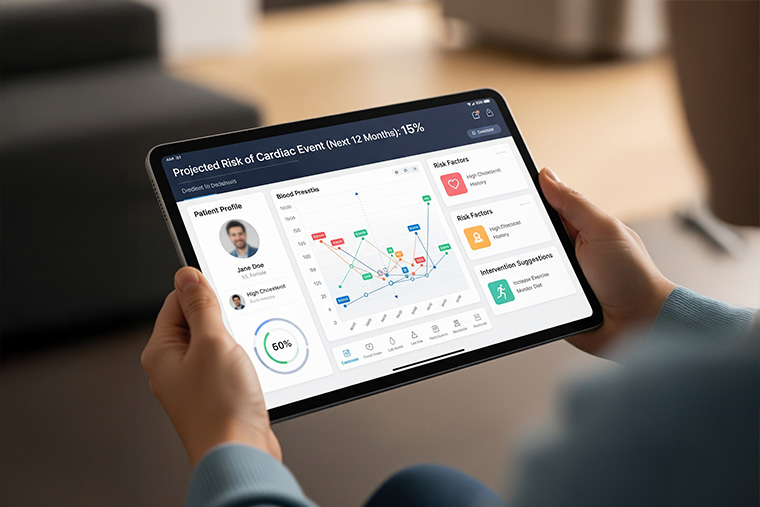Frequently Asked Questions
1. How quickly can we launch our first predictive model?
Most organizations reach a functional prototype in 6–8 weeks. During weeks 1–2 we finalize business objectives, success metrics, and establish secure data connections. Weeks 3–5 focus on data wrangling, feature engineering, and initial model training. Week 6 is dedicated to validating performance against baseline metrics and producing an interactive dashboard. If proprietary data requires additional cleansing or the scope involves multiple facilities, the timeline may extend by 2–3 weeks. Regardless, you’ll have clear milestones, weekly demos, and transparent progress reports.
2. Does Cabot replace our existing BI tools?
No—our solutions complement your current investments. We embed predictive outputs directly into the BI environment clinicians and executives already know (e.g., Epic SlicerDicer, Power BI, Tableau). This approach avoids the “yet another tool” problem while enriching familiar dashboards with forward-looking insights such as risk scores, anomaly alerts, and probability curves. If your BI stack lacks certain capabilities, we simply provide secure APIs or FHIR-compliant endpoints that your team can consume however they prefer.
3. How do you ensure data privacy and HIPAA compliance?
Cabot signs a Business Associate Agreement (BAA) with every covered entity. All PHI is encrypted at rest (AES-256) and in transit (TLS 1.2+). Role-based access controls follow the principle of least privilege, and every data touchpoint is logged for auditability. We align our policies with NIST SP 800-53 and conduct annual SOC 2 Type II assessments. In cloud deployments, we leverage native services such as AWS KMS or Azure Key Vault for key management and configure VPC/network-level isolation. A dedicated compliance officer oversees periodic penetration testing, vulnerability scans, and staff HIPAA training.
4. What EHR systems do you integrate with?
We provide pre-built connectors and HL7/FHIR adapters for Epic, Cerner, Allscripts, Meditech, and athenahealth. For proprietary or home-grown EHRs, our integration team uses Mirth Connect, Cloverleaf, or custom REST/SQL interfaces. We support real-time event streams, nightly batch loads, or anything in between. During discovery, we map data dictionaries to ensure seamless translation of clinical codes (ICD-10, SNOMED, LOINC) into model-ready formats.
5. Can non-technical clinicians interpret the model outputs?
Absolutely. Each solution includes an “explainability layer” with plain-language narratives and visual cues. For example, a sepsis-risk dashboard shows the top contributing factors (labs, vitals, comorbidities) along with confidence intervals. Hover-over tooltips provide context, and a one-page reference guide translates statistical terminology into clinical vernacular. We also conduct live walkthroughs and on-call support during the initial rollout to reinforce understanding and trust.
6. What happens if model performance degrades?
Model drift is inevitable as patient demographics, clinical protocols, and coding standards evolve. We employ automated monitoring that tracks key performance indicators (AUC, precision-recall, calibration) and data-drift metrics (feature distribution shifts). If thresholds are breached, the system triggers an alert and spins up a sandbox for retraining. Depending on the SLA, we can retrain models automatically or present a change-review report to your data governance committee. Post-retraining, we run A/B tests in a shadow-deployment mode until the new model proves superior, ensuring uninterrupted clinical operations.







